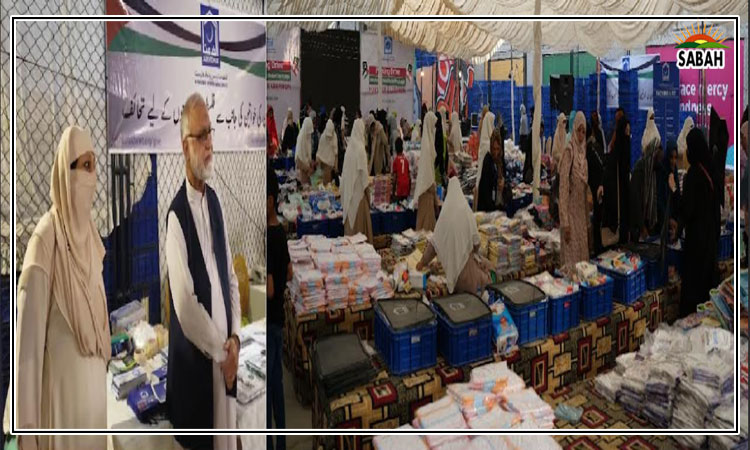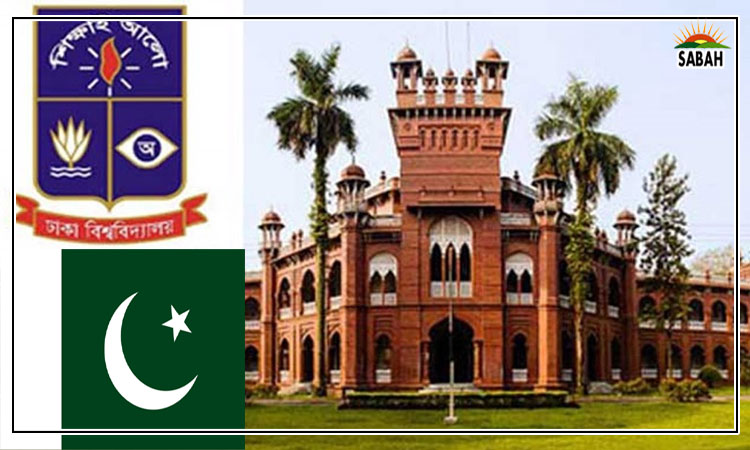Reviving agricultural growth: Part – IV۔۔۔ Ishrat Husain
Import substitution and export promotion: agro-based exports (food, textile, leather groups) fetch 75-80 per cent of total earnings but the direct exports of agricultural commodities are limited to only $5 billion, dominated mainly by rice.
On the other hand, food and agricultural imports have risen to $10 billion creating a deficit on food and agriculture trade balance of $5 billion annually. One of the main reasons is that cotton imports have become a consistent feature for the last several years as domestic production has taken a dive drastically since Bt cotton has been introduced through theft, plagiarism and without safeguards. Germination rates are low.
As the Plant Breeders Rights Rules have been approved to protect intellectual property rights, it is time that well-reputed international firms be brought into the country to introduce the varieties that have been successfully replicated in similar agro-ecological zones and have resulted in yield increases significantly.
Import substitution of crops and commodities such as oil seeds, pulses, milk powder etc with government support would add value as well as save scarce foreign exchange. Cultivating of oil seeds such as canola, olive, sunflower, rapeseed was approved as part of the National Agriculture Emergency programme at a cost of Rs310 billion. Rs5000 per acre subsidy was to be given to those growing these crops and 50 per cent for the purchase of oilseed machinery. The Punjab government has made some progress as acreage under sesame and mustard has reportedly more than doubled. But the marketing arrangements whereby the oil mills guarantee purchase at pre-announced prices are still not fully operational.
Processors and oil extractors ought to be encouraged to enter into contract arrangements with farmers on the analogy of tobacco, potatoes, maize and sugar. Sindh used to have a large area under sunflower that has shrunk over time. This programme should be used to resume sunflower cultivation on the scale achieved in 2010-11. It is estimated that growing 10 mds/acre would save $1 billion of imports annually.
Pakistans fruit and vegetable exports are growing slower than the world average because of poor post-harvest management, shoddy packaging, and lack of adherence to export standards. Attention to these problems should help double the volume of horticultural exports, particularly mangoes, kinnow and dates in which the country enjoys competitive advantage. It is quite feasible to attain $1.4 billion of exports of fruits and vegetables if the international phytosanitary standards are observed.
The other two areas which are also begging for some scaling up are the exports of seafood and meat and poultry. We have faced occasional boycotts of our seafood by the European Union due to the violation of international standards of cleanliness and hygiene. It seems there is no single institution in the country that is responsible for taking the lead and coordinating seafood exports. This fragmented approach has led to the neglect of this potential source of foreign exchange earnings. The same is the situation with meat. Pakistan should have been a big player in the global halal food industry ($14 billion in exports) but we stand nowhere. The largest exporters of halal meat are Brazil, Australia and India.
Despite the fact that a Pakistan Halal Food Authority was established, it has fallen victim to inter-ministerial rivalry. It is proposed that the Ministry of Commerce and TDAP be given the lead role in coordinating the exports of seafood and halal meat with the private sector, provincial governments, ministries of national food, maritime affairs, science and technology. A conservative estimate would indicate that meat and fish exports could rise to $1.5 billion provided a proactive policy such as effective veterinary services, artificial insemination, controlling foot and mouth disease, using modern technologies in slaughtering, processing, chilling and freezing is followed.
Domestic sales of government imported food items keep domestic prices below import parity prices and so the private sector does not find it profitable to import on its account. When international prices rise, exports are restricted to keep domestic prices under control. The gap between international and domestic prices tends to encourage smuggling to neighboring countries and Pakistan bears foreign exchange costs.
Trade policies for food items should be liberalized and government intervention should only be under exceptional circumstances where a severe disequilibrium between supply and demand is disrupting the markets. When trade with India was open, the onion and potato shortages in one country were offset by surpluses in the other keeping the consumer prices stable and returns to farmers remunerative.
Seed improvement: historical evidence suggests that genetic improvement in major staple food and fiber crops such as cotton has been a primary driver of productivity growth in developing countries. The introduction of Mexi-Pak wheat and IRRI rice varieties in the 1960s along with increased application of chemical fertilizers, provision of irrigation water and price support policy led to the green revolution in Pakistan. Since then, innovations in new improved varieties have stalled. In the case of cotton there has been a severe setback. Farmers switched to local Bt cotton (none of the varieties was approved) but stored and used the seeds next year just like open pollinated seeds. With decrease in yields, the Bt cotton diffusion process occurred in the informal sector without any quality control.
The Seed Act, 1976 has provided the institutional framework for registration, certification, multiplication and dissemination of approved varieties. Punjab and Sindh set up seed corporations in the public sector. The act assigned the private sector a marginal role of seed multiplication on farmers fields. It was in the late 1970s when the private sector was allowed to participate, and the first seed company was registered in 1981.
There has been proliferation since 2012 and over 650 private companies engaged in seed production and marketing have become the leading providers of seeds in the country. Their market share ranges from 72 per cent for wheat to 100 per cent for vegetables and fodder. However, the performance of most of these companies leaves much to be desired and a weeding out process to eliminate undesirable companies should be immediately undertaken. To provide a benchmark, India with a much larger acreage under cultivation has 400-500 companies in the seed industry.
Due to the time-consuming process of certification, approval and weak enforcement, uncertified seeds meet 80 per cent of the total requirements mostly provided by the private companies. The Punjab Seed Corporations contribution has dwindled over time. It is time to revisit the Seed Act, 1976 and the role of the federal government and the seed certification, registration, multiplication, dissemination process.
The other regulatory body is the National Biosafety Committee which grants approval for the import, export, trial and commercial release of GM cultivars. An evaluation should be carried out about the working of this committee and its impact on the adoption of GM cultivars in the country. It appears from anecdotal evidence that these agencies have become too bureaucratic and are not acting as facilitators in adopting the pure GM technology.
Given the limited capacity and resources of the regulatory agencies, it is proposed that inspection to monitor seed quality should be carried out at the points of sale. The regulatory framework should move away from a time-consuming pre-approval to post-operation compliance with standards and benchmarks. The regulatory agencies would be well advised to adopt international standards and protocols which would not require such extensive human resources embedded in pre-approval transactions.
Deviations from these standards should be penalized to create a deterrent effect. These changes would require a much leaner, professional national regulatory body staffed by the right skill mix and non-bureaucratic attitudes. The seed certification process is no longer relevant as the farmer chooses the variety that best suits him/her rather than looking for the stamp of certification by the regulator.
To be continued
Courtesy The News












